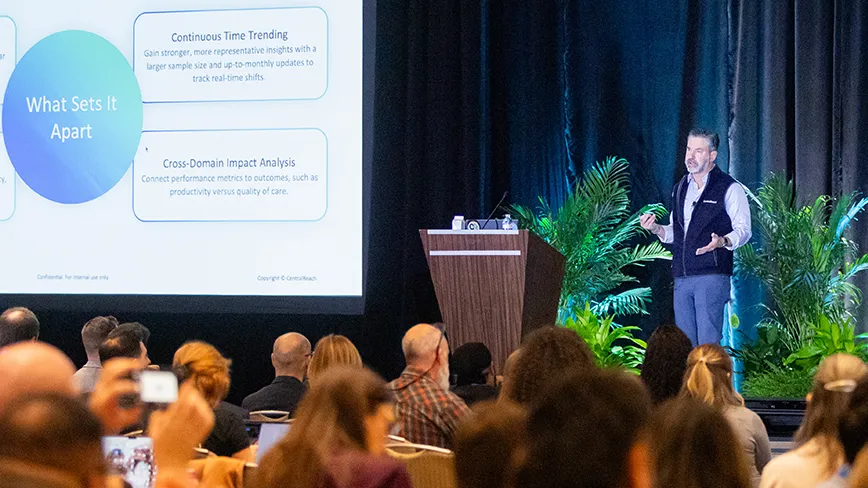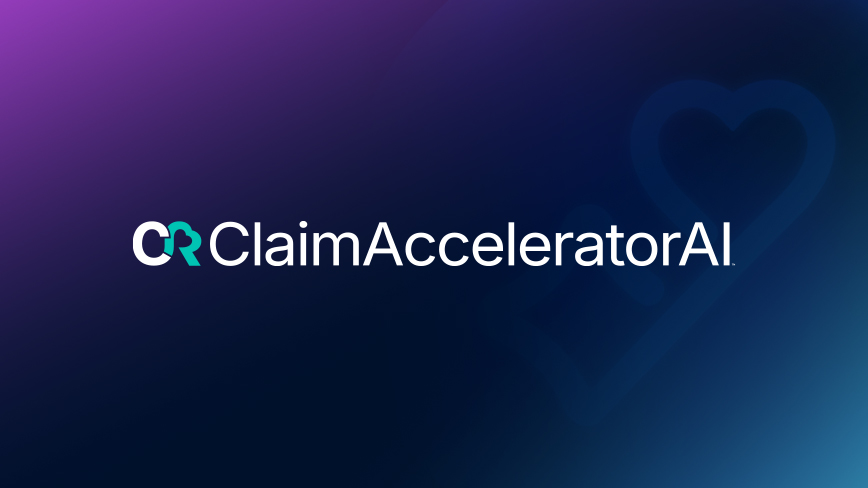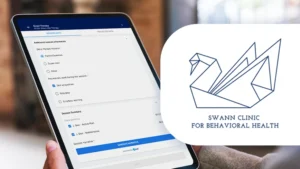In the applied behavior analysis (ABA) field, there is a procedure known as a token economy. If you are new to this term, then you’ve found the right article. This article will provide the following details specific to token economies in ABA:
What is a Token Economy in ABA?
A token economy is a structured method for reinforcing healthy, adaptive behaviors. Token economies can be simple systems or elaborate economies. Children with autism and other neurodevelopmental differences can benefit from token economies by visualizing their progress toward earning a reinforcer. Token economies also help children develop delayed gratification.
Token Economy Process
BCBAs develop token economies specific to each learner or group. The general steps include:
- Define the target behavior(s). The BCBA will first identify and define the behaviors that they are looking to increase.
- Create the tokens. Tokens are earned for engaging in target behaviors. You can use essentially anything for your tokens–stars, tallies, stickers, poker chips, fake money, etc. Tokens can be tailored based on each child’s interests. For example, a child who enjoys Paw Patrol might have Paw Patrol stickers for their tokens.
- Create a backup reinforcer menu. Once the child has enough tokens, they can cash them in for “backup reinforcers”. These might be tangible items like a toy or video game. They may also be activity reinforcers such as a trip to the movies or the park. Again, individualization is key, so each child’s token economy will look different. Each reinforcer will have a set number of tokens that the child will need to cash in to receive the item or activity.
- Implement the token economy with the child(ren). This involves a number of steps, but first starts with going over the plan with the learner so they know what to expect.
What are Tangible Conditioned Reinforcers in a token economy?
The tangible conditioned reinforcers are the tokens that the child receives for demonstrating target behaviors. For example, in a school setting, a teacher is working with a few students on raising their hands instead of blurting out an answer. Every time a child raises their hand, the teacher gives them one star on their token board. The star would be the tangible conditioned reinforcer. It is a conditioned reinforcer because the star was not innately valuable to the child. It required pairing with other reinforcers to receive its’ reinforcing value.

How Does a Token Economy Affect Intrinsic Motivation?
Many parents and professionals worry about using token economies. They may feel that children should be intrinsically motivated and should not rely on extrinsic rewards. Some research has found token economies reduce intrinsic motivation. However, further research has found that token economies only reduce intrinsic motivation if they are used to reinforce behaviors that the child was already intrinsically motivated to do. For example, imagine a child loves reading and is happy to read daily. Their teacher then implements a token system where they earn points for every book they read, which can later be cashed in for prizes from a prize box. This system of using external rewards for a behavior that the child was already motivated to do can reduce their intrinsic motivation to read moving forward.
Additional research has actually found external rewards to increase intrinsic motivation when the person was previously not intrinsically motivated. This is particularly true when the rewards are contingent on the quality of the behavior, rather than merely participating in an activity and when the rewards are considered a recognition of competence.
How to use token economy in therapy practice
Tokens
Tokens are delivered for demonstrating a target behavior. Tokens provide a visual representation of the child’s progress toward earning their backup reinforcer.
Behaviors
A token economy can encompass several target behaviors. However, best practices involve starting with 1-3 target behaviors. To help a child learn to associate earning tokens with the behavior of interest, it’s best to start with continuous reinforcement. In other words, the child would earn a token for every occurrence of the target behavior. The schedule of reinforcement would gradually thin as the child makes progress in increasing the target behavior(s).
Reinforcers
Reinforcers are accessed once the child earns the pre-determined number of tokens. Again, this will usually start small, with the requirements gradually increasing. A child, therefore, might only need 3 tokens to earn access to their reinforcer when they first start the token economy. As they begin showing progress, that might increase to 5 tokens, then 10 tokens, etc.
Token Economy ABA FAQs
References
Cooper, J. O., Heron, T. E., & Heward, W. L. (2019). Applied Behavior Analysis (3rd Edition). Hoboken, NJ: Pearson Education.
Dalphonse, A. (2022, October 12). Token economy: Examples and applications in Aba. Master ABA. Retrieved February 9, 2023, from https://masteraba.com/token-economy-2/
Kazdin A. E. (1982). The token economy: a decade later. Journal of applied behavior analysis, 15(3), 431–445. https://doi.org/10.1901/jaba.1982.15-431
LeBlanc, G., 2004. Enhancing Intrinsic Motivation Through The Use of a Token Economy.






